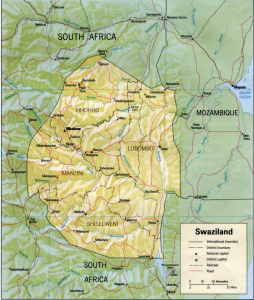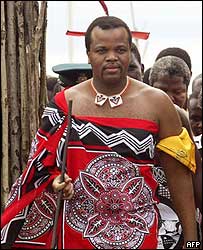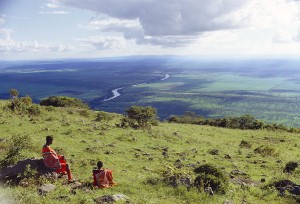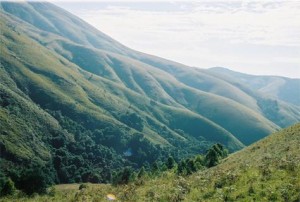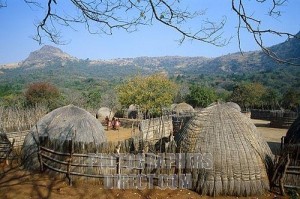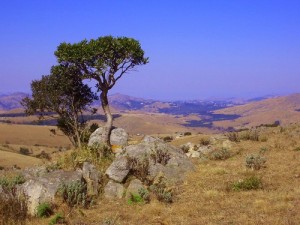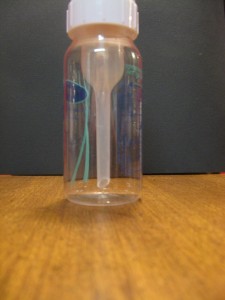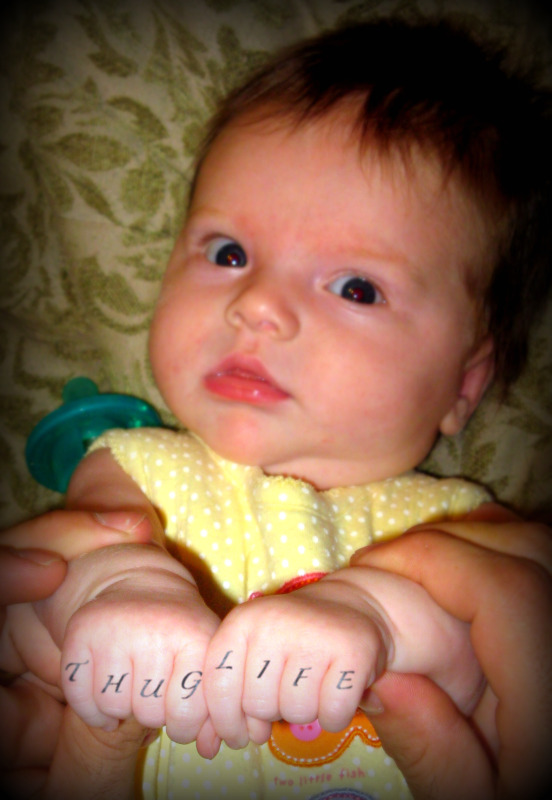10 Foods
As Beth and I list out our top 10 lists of 10, we come to the discussion of food with day 3. Here is a list of my favorite dishes. Beyond #1, there is no particular order.
- Mom’s Vegetable Soup – Far and away my favorite dish. When I got married, I made sure my wife added this delectable delight to her stable of regular meals. Thick and healthy, this slightly spicy soup heats up well and can be eaten for 5-10 meals straight with no complaints!!
- Lettuce Wraps – Perhaps the famous dish from the classy Chinese chain P.F. Chang’s. I could eat these alone and be very happy. We have tried to copy the recipe at home. Our dish is good, but not the same.
- Thai Food – I know that is a broad category, but I love the mix of sweetness and spiciness with lots of noodles/rice and fresh vegetables. Thai food can be bold, light and filling all at the same time. Two favorites are Pad Kee Mao (Drunken Noodles) and a Green Curry / Coconut milk soup served over rice from our local Thai Restaurant.
- Sushi – I would consider myself a moderate sushi eater. I don’t shy away from the raw fish dishes, but at the same time I prefer the rolls with tempura. My favorite is the Special Roll from Ichiban which is fried shrimp, cream cheese, avocado served with spicy crab on top and special sauces below.
- Chicken Fajita Gyros – Available at a small shotgun style restaurant just off the square of Bowling Green. Great mix of flavors on delicious pita bread. You must have it along with the pita and hummus appetizer.
- Stuffed Jalapenos – Beth has a recipe that she makes that uses fresh jalapenos (straight from our garden), cuts them in half, and bakes them with a cream cheese and sausage filling.
- Pizza – But not just any Pizza. I am talking about a hand tossed masterpiece with thin(ner) crust in the middle and a nice soft crust on the outside edge. Not too much cheese or sauce, and topped with ham, banana peppers, garlic and onions. Throw some peppery spices on there and you are good to go. Honorable mention goes to a good chicken white sauce pizza with lots of garlic.
- Stew – I love a good thick stew, especially on a cold day. Lots of bay leaves for flavor along with crushed black peppers, big chunks of potatoes and an abundance of meat makes for a great dish.
- Mongolian BBQ – I was first introduced to this at a restaurant in Missoula, MT. Usually it consists of thin slices of meat, noodles, veggies, and your choice of sauces. You mix it up and then hand it off to have it cooked in front of you. To make it even better, it usually is all you can eat.
- Candy – Come on… if you know me, you know my favorite food of all time is candy. I will eat it all, but I love chewy sweet and sour stuff. Give me some chewy sweet-tarts, or sour patch kids, or sour watermelon slices and I am golden. But… don’t leave it laying around if you ever expect to save some for yourself.
